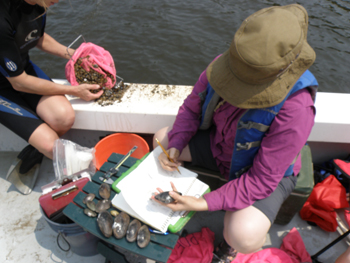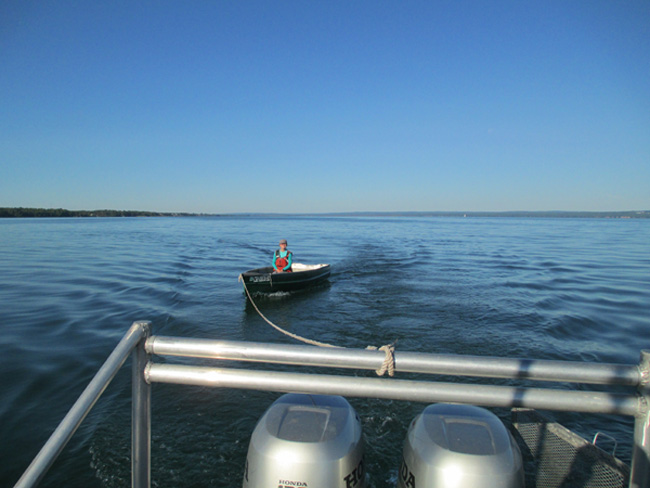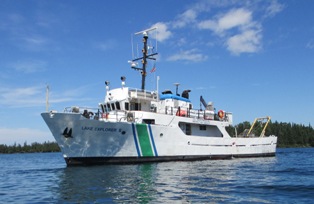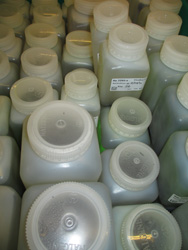How Did You Celebrate Earth Day?
By Diane Simunek
Earth Day has always been one of my favorite holidays, because adequate celebrations require little more than a walk through the park. A bike ride or a hike always seemed like enough to show my appreciation for the environment, and I couldn’t be happier with how little preparation was needed for these festive activities. Unlike for me, however, Earth Day for local middle schoolers of Corvallis, Oregon has involved significantly more planning.
Each year the researchers and other staff at EPA’s Western Ecology Division lab host a competition for local middle school students to channel their innovative sides and create something out of nothing.
This year the Re-use It or Lose It! Animal Edition event challenged students to create animal-themed masterpieces from reused, recycled, or salvaged items. Fourteen finalists were chosen and the students, as well as their parents, were invited to an Earth Day reception at the lab to showcase their projects. The event featured an ensuing awards ceremony announcing the winners.
The students had a choice between two categories, “Functional” or “Fantasy,” around which they could focus their projects. A number of creative entries were seen, from a television turned into a cat bed to a mason bee box. Top honor in the Functional category went to Lauren Dye of Cheldelin Middle School for “The Bird Feeder 9,000,” which she constructed using a stainless steel pot and lid, forks and spoons, and bottle caps with beads strung on fishing line to add flair.
The Fantasy category was won by Megan Mayjor of Franklin Middle School and her sculpture depicting a Northern spotted owl, which just happens to be the subject of a population model developed by an EPA researcher from the lab (read more about it in our newsletter). The piece was assembled with brown paper, corrugated cardboard, and an intricate attention to detail seen in the decoration of each feather. “I feel very happy and excited that I won! My rabbit actually seems to like the owl,” Megan said.
Congruent with the competition, the trophies the winners were awarded were also creatively constructed with reusable material by EPA chemist Bill Rugh. He used wood items from Habitat for Humanity, seed pods, plastic twist-ties, screws, burnt out toaster elements, and coffee grounds. Appropriately, the elaborate trophies were presented to the finalists by lab director Tom Fontaine.
Although my own Earth Day celebrations may be effortless in comparison, these students have put in the time, effort, and imagination to make remarkable results. They developed an idea, acquired the material, and built their creations all in a gesture supporting and appreciating our environment. I’ll be thinking about them on my next hike.
About the Author: Diane Simunek is a Student Contractor with EPA’s Science Communications Team.
















